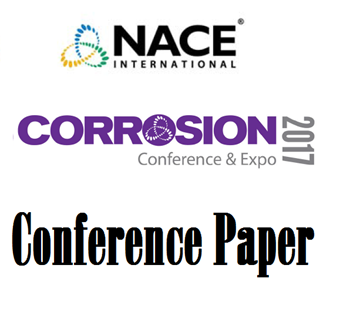Search
Cathodic Protect Area Of Influence Study
Also Purchased
Dealing with Pipelines Positive Potential a Case of Study
Product Number:
51317--9202-SG
ISBN:
9202 2017 CP
Publication Date:
2017
$20.00
Potential Measurements, How To Effectively Monitor The ‘Health’ Of Your Cathodic Protection System
Product Number:
51322-18042-SG
Publication Date:
2022
$20.00
03239 A Study on Corrosion Resistance of Prestressed Marine Concrete Piles
Product Number:
51300-03239-SG
ISBN:
03239 2003 CP
$20.00
Recently viewed




